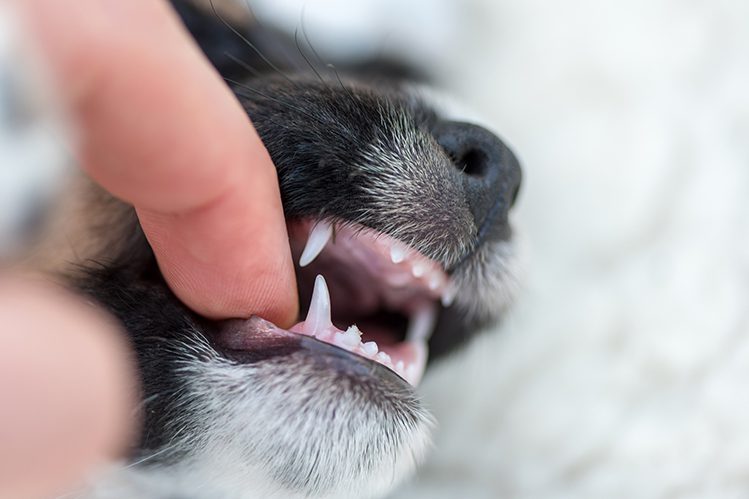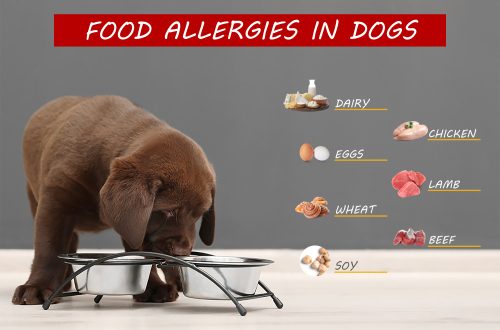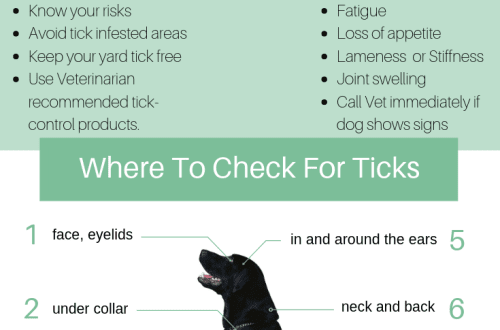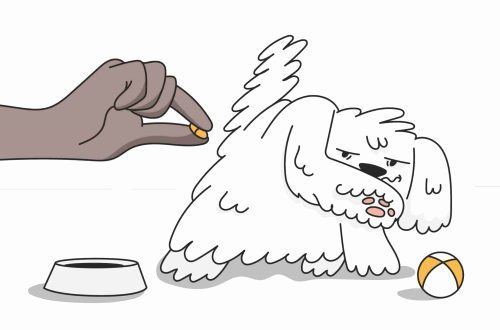
Apa tegese gusi pucet asu?
If the healthy color of your four-legged friend’s gums has changed from light pink to pale, almost white, this is a reason to take your pet to the doctor. We’ll talk about how to seize the moment of alarming changes in your pet’s well-being. And we will tell you in which cases the dog needs emergency medical care.
Gum color in dogs is one of the most important indicators of a pet’s health.
The gums play the role of a protective barrier in the dog’s body. If you feel well, your gums will be pink or light pink. However, if the dog is unwell, a change in the color of the gums helps to notice and prevent the threat. Examine your pet’s healthy gums when the dog is awake and at rest. Take a good photo of the gums in good light. This way, in case of problems, you can quickly demonstrate to the veterinarian why the color of the gums is a concern.
Each dog’s gum color is different. If, with good health, the gums of a four-legged friend are not pink, but slightly darker or lighter and always have been, then this is the norm specifically for your pet. Many dogs have partially dark gums, in which case look for the color of the unpigmented areas.
Check your dog’s gums and teeth regularly. Healthy gums are moist and slippery to the touch. When you press the gum, it turns pink again within two seconds. This is a sign of good capillary circulation.
Not only the gums and tissues of the oral cavity, but also other mucous membranes can tell about the condition of the dog. If you suspect something is wrong, evaluate the appearance of the visible mucous membranes of the eyes, ears and genitals of the pet.

What does a dog’s pale gums indicate? About the need to assess her well-being: are there any other alarming symptoms, were there any injuries, incidents that could harm your pet? If the gums are unhealthy, exclude rough and cold foods from his diet.
Pale gums in a dog is not a disease, but a possible signal of illness. The diagnosis can be made by a veterinarian based on a combination of symptoms, tests, examinations, and the patient’s medical history.
Pale gums can be a symptom of many different conditions. This list includes heart failure, and the expansion of the stomach, and the presence of a foreign body in the respiratory tract. Therefore, it is important to understand what exactly is the reason that affected the appearance of the gums.
White gums can indicate anemia (anemia), as well as blood loss, internal bleeding, intoxication, infection with internal parasites, insufficient oxygenation of the blood, or a lack of hemoglobin, an iron-containing blood protein. Too light gum color in dogs can be caused by pneumothorax, an accumulation of air in the pleural cavity that interferes with normal lung function and gas exchange during breathing.
Pallor of the gums may be accompanied by lethargy, apathy, poor appetite, refusal to walk and play, cough, shortness of breath, and changes in body temperature. Such symptoms indicate that the dog needs to be urgently shown to the veterinarian. An unnaturally light color of the gums can indicate a deep shock state of the pet – in such a situation, the help of a doctor is also needed. You can’t figure out what’s wrong on your own. So take your pet to the veterinarian as soon as possible.
If your pet faints, call your veterinarian first and describe the situation. The specialist who sees your pet will instruct you on the necessary measures.
Procrastination and attempts to help your pet at home on your own are extremely dangerous. But if the pet cuts himself, then before visiting the doctor you should treat and bandage the wound to stop the bleeding.
If your dog is alert, active, outgoing, and eating well, pale gums will still be a signal to take your pet to the veterinarian. Not urgently, but soon. It can be assumed that in this case we will talk about filling the lack of vitamins in the body and preventive measures. Sometimes the prerequisites for the development of anemia in a pet are a lack of iron and folic acid.
Be careful while walking your dog. The gums may become pale if the pet becomes cold and if the dog eats snow. If after a walk in frosty weather the dog’s gums turn pale, take him to a warm room, warm him up, give him a warm drink. Place a heating pad or bottle of warm water under your side. Stroke the dog’s coat, calm it down, talk to it affectionately. If it’s just a little hypothermia, the gums will soon regain a healthy pink color.

We wish health to your pets!





